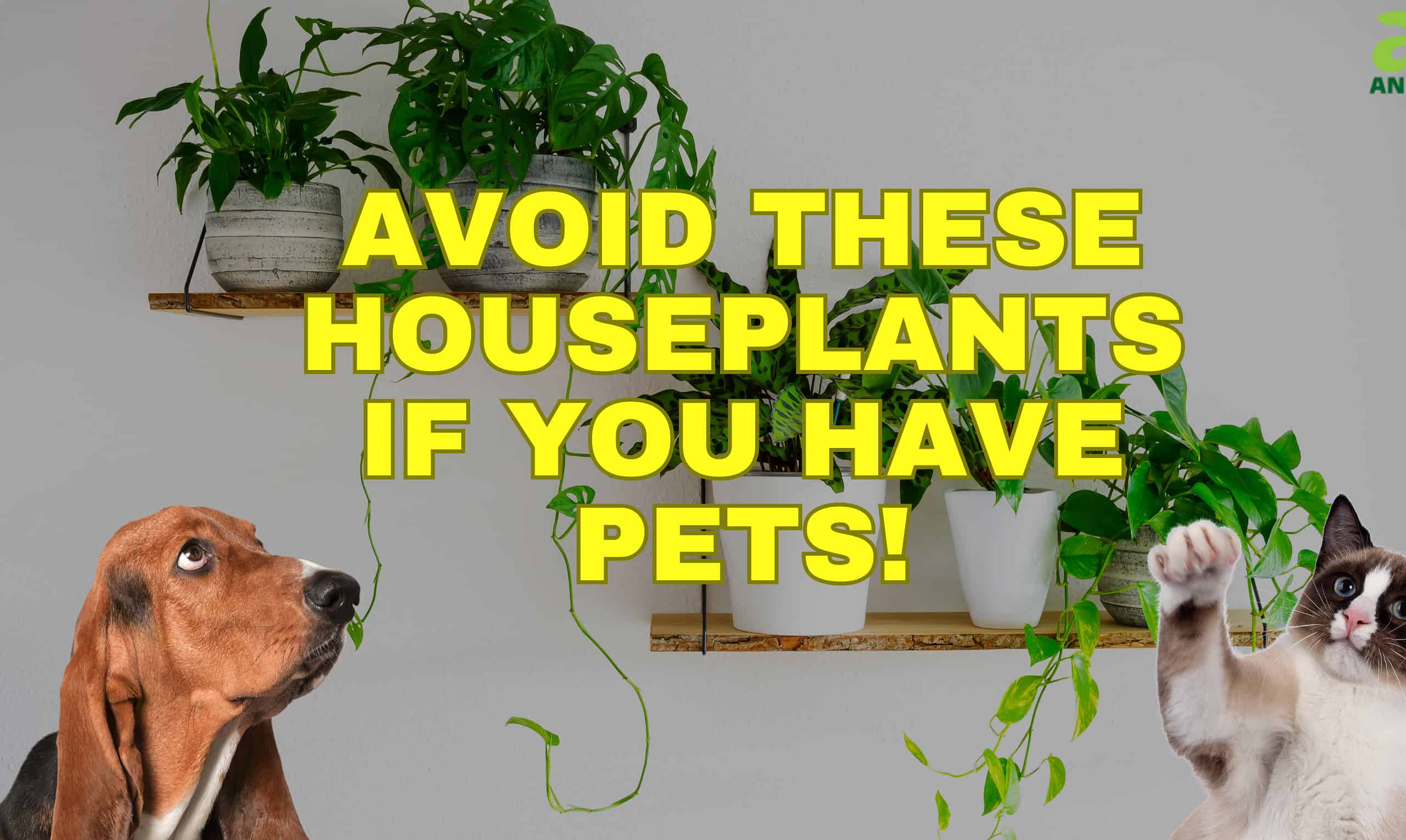Having a pet in your home can be fun and allow you to create precious memories with a furry member of your family. But being responsible for a pet requires some extra attention to other things in your home that might be toxic or dangerous for them. As a good pet owner, you should pay close attention to what houseplants you have and what impact (if any) they can have on your pet. Some are mildly irritating while others can be very toxic, even lethal. Chemicals in the leaves, flowers, stems, and even the bulbs in some cases can cause problems if they are eaten. For the most toxic plants, even coming into contact with them and later grooming their fur can be dangerous for pets. Fortunately, there are plenty of pet-friendly options for those who want to fill their home with plants as well as pets.
Here are some of the top houseplants that are dangerous for cats and dogs.
Lily

While beautiful, lilies are extremely toxic to pets.
©Tom Meaker/iStock via Getty Images
Lilies are toxic to cats and dogs. There are a lot of varieties of lilies, including ‘Stargazer’ lilies, Easter lilies, and others. Any plant in the true lily or daylily is toxic to pets. They can cause kidney failure in cats even if any small part is ingested. This includes the stem, petals, leaves, and pollen. Because all of these parts come into contact with the water, you also have to be careful when disposing of the water or washing the vase. If it splashes on your cat, they can be exposed when grooming themselves. In dogs, lilies cause irritation and upset stomach but do not lead to actual kidney failure. Other types of lilies, such as calla lilies or peace lilies, aren’t as toxic but can still cause irritation.
Philodendron
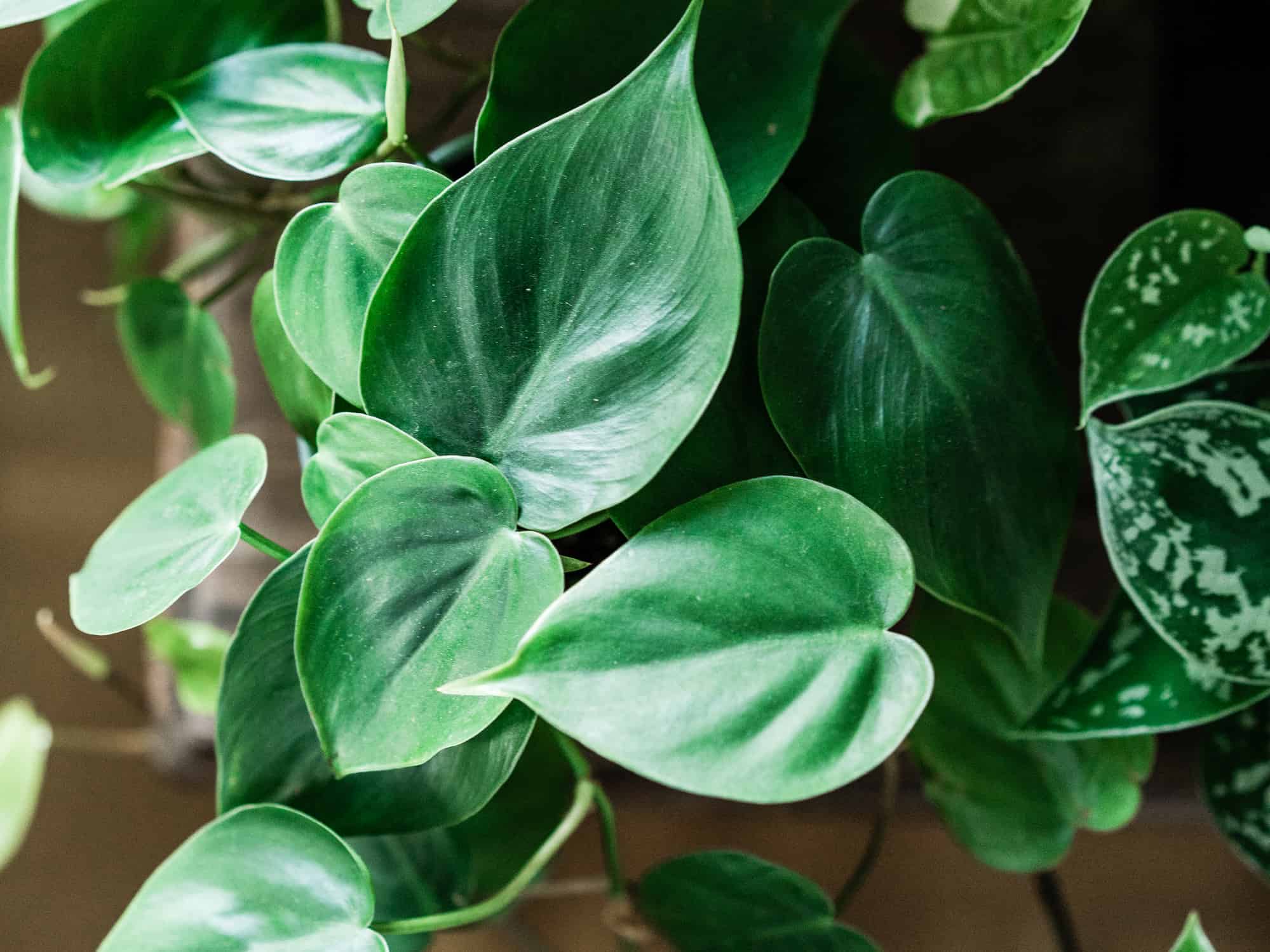
The big green leaves and other parts of the
Philodendroncan be toxic to pets.
©Benjamin Toegel/iStock via Getty Images
Philodendrons contain calcium oxalate, a crystal that can cause severe irritation if ingested. Both cats and dogs can be impacted and experience poisoning from philodendrons. If they eat or chew on any part of the plant, including the leaves or stems, they come into contact with the harmful calcium oxalate. The first signs of philodendron poisoning often include drooling, pawing at the mouth, and other signs of pain. If they ingested any of the calcium oxalate, this irritation can spread throughout their system and lead to vomiting. Philodendrons aren’t lethal but the symptoms can cause problems and a lot of discomfort and pain. You can use water to rinse out your dog’s mouth or take them to the vet if you suspect they ate a lot of the philodendron.
Daffodil
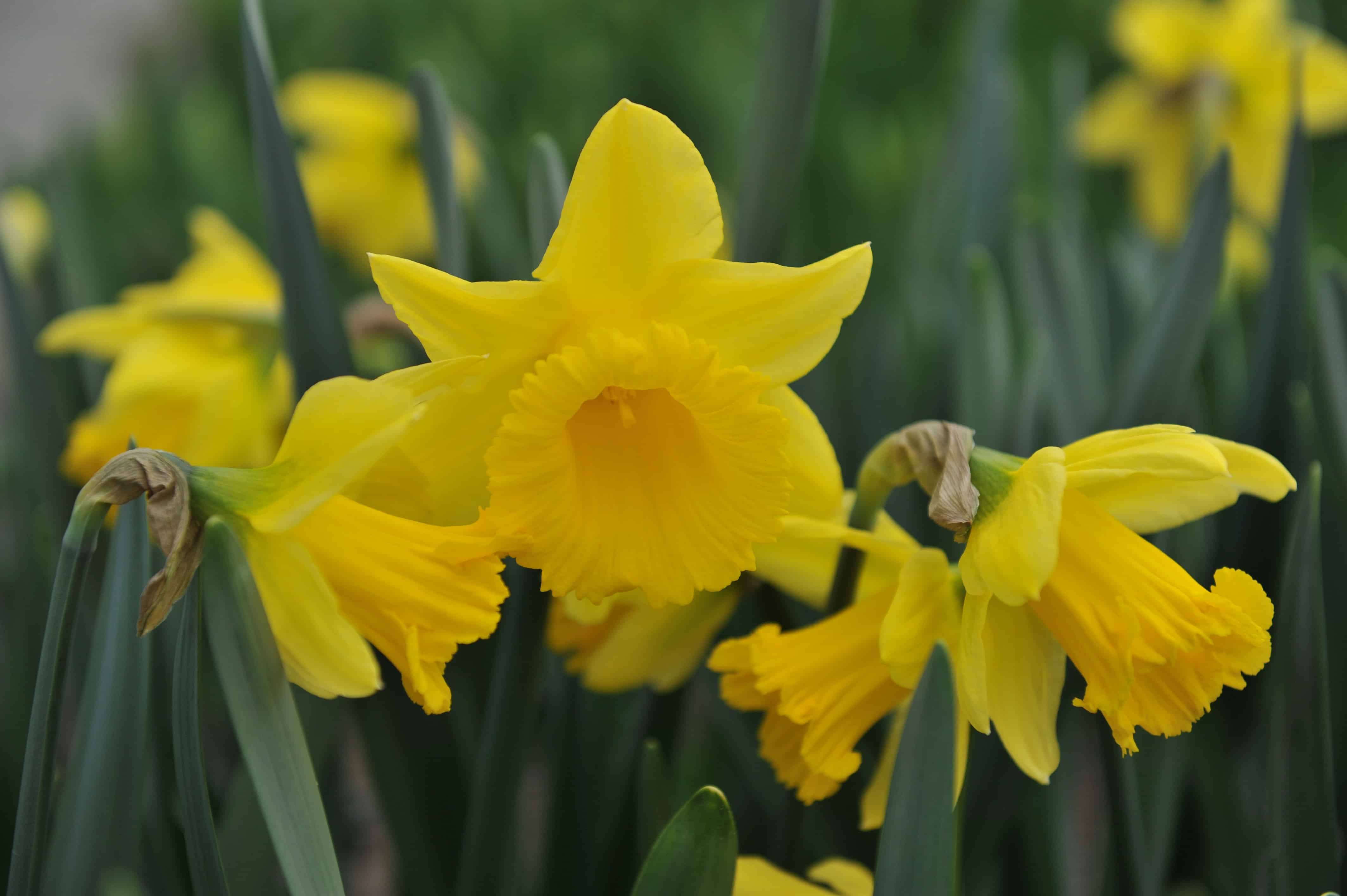
Daffodils can be dangerous for pets.
©Sergey V Kalyakin/Shutterstock.com
Daffodils have lycorine, another crystal, that is toxic for pets when ingested. This compound is in the flowers, stems, leaves, and even the bulbs. It’s important to keep daffodil bulbs out of reach of curious pets if stored in a gardening shed or garage. Because these flowers are often planted outdoors, pay close attention to your pets if you let them explore your yard and garden. It’s best to keep your landscaping daffodil-free if you have dogs or cats who may sniff around them. If your pet does ingest any part of a daffodil, you can remove the plant from their mouth and rinse. It’s best to also call your vet to see if you should bring them in for further evaluation.
Amaryllis
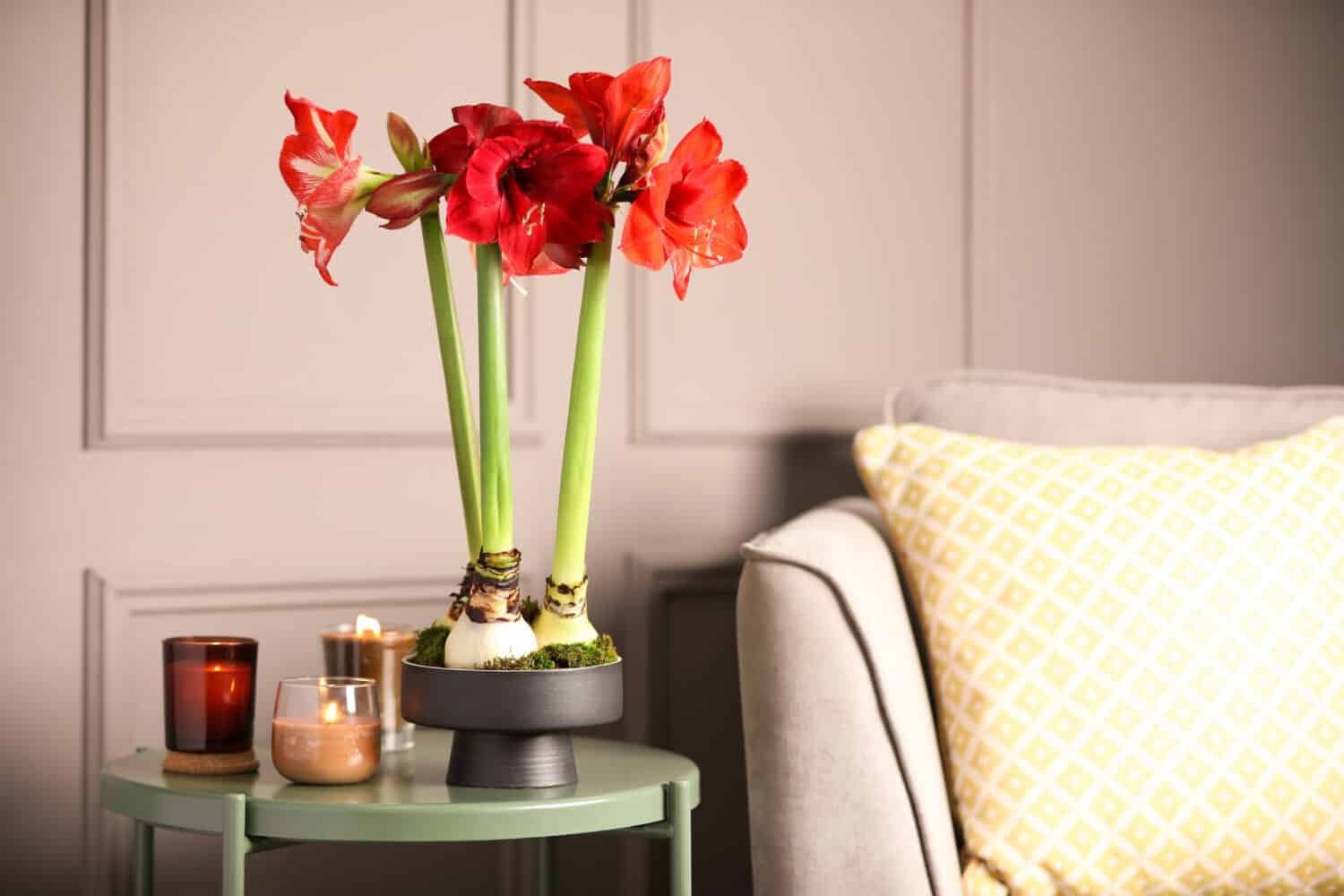
are a popular plant around the holiday season.
©New Africa/Shutterstock.com
Like daffodils, Amaryllis contains lycorine, which can cause upset stomach and other issues in the digestive tract. Amaryllis bulbs are actually more dangerous than the flowers themselves, although both can cause problems for pets if they chew or eat them. These aren’t as dangerous as lilies but they can still make your cat or dog sick. Because these are often kept on display as houseplants during the holidays with the bulbs exposed, it’s best to keep these well out of reach of any pets in your home. If you have a cat who likes to climb or a dog who can reach to get into things up high, you may want to forgo Amaryllis completely.
Chrysanthemum

Chrysanthemums come in a variety of colors.
©New Africa/Shutterstock.com
These festive fall flowers are actually toxic for cats and dogs. Chrysanthemums contain pyrethrins, a natural pesticide in the plant. If eaten or chewed, mums can cause irritation of the mouth and throat, as well as more serious problems like vomiting or diarrhea. If you think that your pet may have gotten into some mums, you can help them by rinsing out their mouths. For more serious problems, it’s best to call the vet.
They can be displayed as a houseplant but mums are also popular outside in the fall. If your cat is free to roam the neighborhood, there’s a good chance they’ll come across a mum or two. Because it’s nearly impossible to eliminate mums from their path completely, it’s important to be watchful for concerning signs that they might have eaten something they shouldn’t have.
Jade Plant
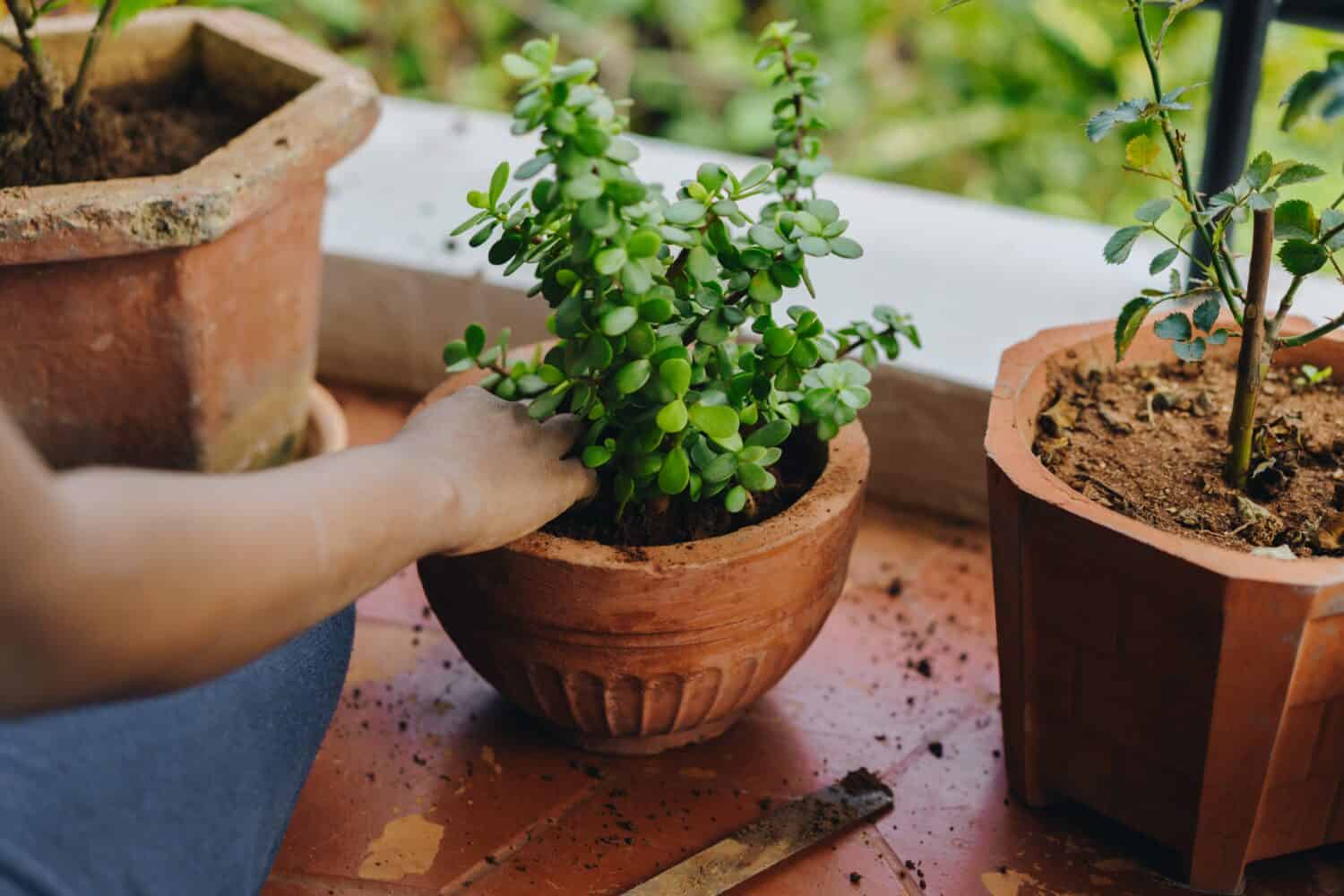
The serene jade plant can cause a moderately upset stomach in pets if eaten.
©Sahana M S/Shutterstock.com
Jade is not as toxic as some houseplants for pets but you should still watch for signs that your cat or dog has eaten some of this plant. Vets don’t know what exactly about the jade plant causes problems for your pet but fortunately, the issues typically go away within a few hours. Some cats and dogs experience an upset stomach or lack of appetite. Others will stumble around or be more lethargic.
If you notice your dog or cat stumbling and having little or no energy, look around the environment to see if they could have gotten into a potentially toxic plant. Unless they are vomiting severely, these problems usually aren’t serious and go away on their own. If they don’t, it’s definitely time to call the vet to see what could be going on.
Snake Plant

They are easy to care for but snake plants are toxic to pets.
©Adam Yee/Shutterstock.com
Because they make a bold statement without requiring a lot of maintenance and special care, snake plants are a popular houseplant. But they can be toxic to pets and cause upset stomachs if eaten. The leaves of the plant contain saponins. These chemicals cause distress to the gastrointestinal system, including hypersalivation and upset stomach. In small quantities, these symptoms are mild and might go unnoticed by pet owners.
Your dog or cat will likely feel better on their own once the plant is out of their system. If they eat a lot of the leaves, however, the symptoms can be more severe. If they don’t resolve on their own, it’s likely time to call to vet for a treatment recommendation.
Pothos

There are a lot of varieties of
Pothos, which makes it a popular houseplant.
©iStock.com/Jamaludin Yusup
Like some other plants on our list, Pothos contain calcium oxalates. This compound causes irritation to the mouth and tongue if chewed. In these cases, you can often rinse your dog’s mouth out to remove any remnants of the plant and they will feel better quickly. If your pet eats part of the plant, the entire gastrointestinal tract can be irritated. If you suspect your pet has done more than just chew on a small portion of the pothos, you should call your vet to get advice. Watch for symptoms like vomiting or diarrhea and know when you need to bring your pet into the office to be seen.
Thank you for reading! Have some feedback for us? Contact the AZ Animals editorial team.

